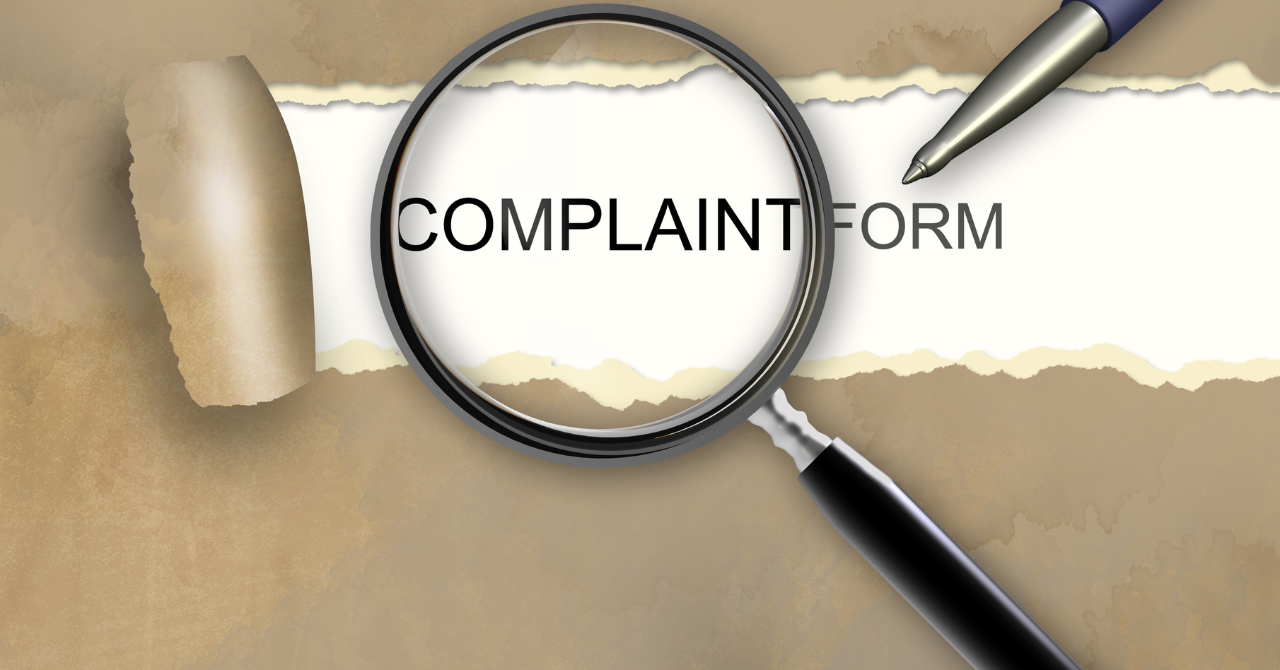Misconceptions of Complaint Management
In the course of the author’s consultations and audits, he often sees cases of failure to comply with regulatory requirements and ISO 13485 with regard to complaint handling. The definition of a complaint in ISO 13485:2016 is as follows.
3.4 Complaints
Written, electronic or oral communication that alleges deficiencies related to the identity, quality, durability, reliability, usability, safety or performance of a medical device that has been released from the organization’s control or related to a service that affects the performance of such medical devices.
First, we would like to ask our readers to confirm that their company’s definition of a complaints meets the above criteria. This is because often we find companies with their own definitions of complaints.
Not a claim
Many companies refer to complaints as complaints. Strictly speaking, complaints and claims are different.
This should be kept in mind during FDA inspections.
Only handles complaints that occur during the free warranty period.
The definition of a complaint includes “durability”.
That is, a complaint is a “remark about a defect” within the service life of the medical device product, as stated in the specifications of the medical device product in question.
Often, complaints are handled only during the free repair period and not during the paid repair period.
Free or paid repair is a matter of company business strategy and has nothing to do with complaint management as required by regulatory requirements.
Usability.
The definition of a complaint also includes usability.
In other words, an allegation that something is “hard to use” is also a complaint.
In the past, if something was difficult to use, it could be brushed off as a specification.
This is not acceptable today. This is because medical devices that are difficult to use can lead to accidents.
Service Report.
ISO 13485:2016, “7.5.4 Ancillary services activities” has the following requirements
7.5.4 Ancillary services activities
(abbreviated)
The organization shall analyze records of ancillary records of service activities to be analyzed for the following
a) Determine whether to treat the information as a complaint
b) Where appropriate, make it a source of information to be analyzed in the improvement process
. b) If appropriate, make it a source of information to be analyzed in the improvement process.
In other words, service reports (records of ancillary service activities) must also be an input to the complaint process.
This is why ISO 13485:2003 had the bullet title “customer complaint” and ISO 13485:2016 has simply “complaint”.
Faults, malfunctions, etc. discovered by service personnel (e.g. repair personnel) must also be handled under complaint management.
In the course of my consultations and audits, I often see cases where companies have their own interpretation of complaint management and fail to comply with regulatory requirements and ISO 13485. I would like to suggest that each company take another look at this issue.
Not a claimMany companies refer to complaints as complaints. Strictly speaking, complaints and claims are different.
By the way, the English translation of Complaint is Complaint, not Claim.
This should be kept in mind during FDA inspections.Only handles complaints that occur during the free warranty period.The definition of a complaint includes “durability”.
That is, a complaint is a “remark about a defect” within the service life of the medical device product, as stated in the specifications of the medical device product in question.
Often, complaints are handled only during the free repair period and not during the paid repair period.
Free or paid repair is a matter of company business strategy and has nothing to do with complaint management as required by regulatory requirements.Usability.The definition of a complaint also includes usability.
In other words, an allegation that something is “hard to use” is also a complaint.
In the past, if something was difficult to use, it could be brushed off as a specification.
This is not acceptable today. This is because medical devices that are difficult to use can lead to accidents.Service Report.ISO 13485:2016, “7.5.4 Ancillary services activities” has the following requirements7.5.4 Ancillary services activities
(abbreviated)
The organization shall analyze records of ancillary records of service activities to be analyzed for the following
a) Determine whether to treat the information as a complaint
b) Where appropriate, make it a source of information to be analyzed in the improvement process
. b) If appropriate, make it a source of information to be analyzed in the improvement process.In other words, service reports (records of ancillary service activities) must also be an input to the complaint process.
This is why ISO 13485:2003 had the bullet title “customer complaint” and ISO 13485:2016 has simply “complaint”.
Faults, malfunctions, etc. discovered by service personnel (e.g. repair personnel) must also be handled under complaint management.In the course of my consultations and audits, I often see cases where companies have their own interpretation of complaint management and fail to comply with regulatory requirements and ISO 13485. I would like to suggest that each company take another look at this issue.


Comment